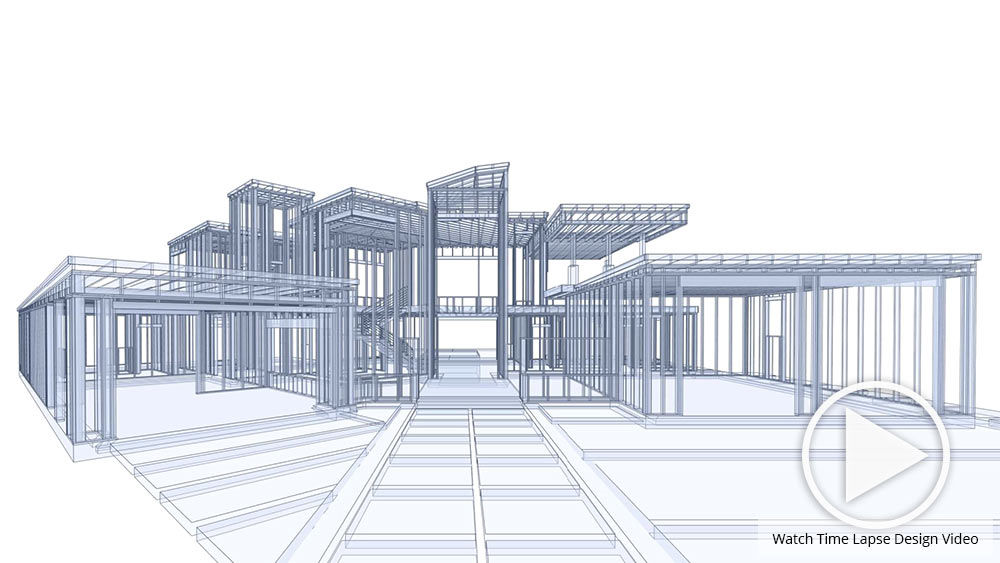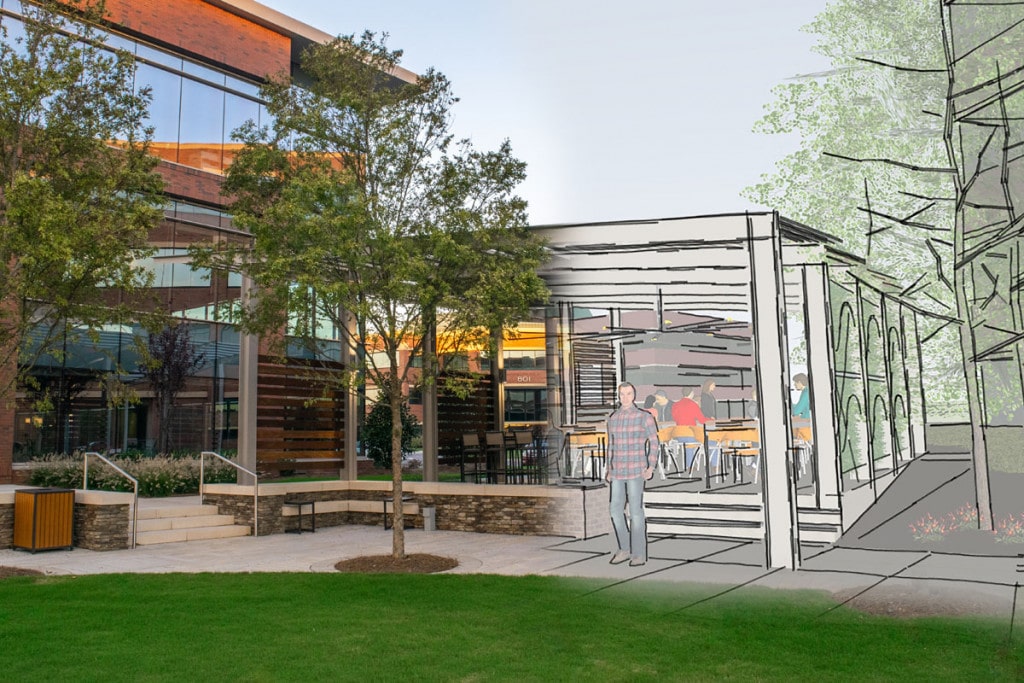Just How CDA Architects Supply Cutting-Edge Solutions for Lasting Design
Just How CDA Architects Supply Cutting-Edge Solutions for Lasting Design
Blog Article
Understanding the Collaborative Refine In Between Designers and Engineers in Modern Building Projects
The collective process between architects and designers is essential in modern construction tasks, as it balances layout intent with design feasibility. This collaboration not just affects the aesthetic and practical aspects of a job however also plays a crucial role in resolving sustainability difficulties. By employing efficient interaction techniques and leveraging advanced innovations, such as Structure Details Modeling (BIM), groups can function extra cohesively. Nonetheless, the ins and outs of this partnership often existing distinct challenges that can prevent progress. Checking out these dynamics exposes understandings that can substantially affect task end results and general sector requirements. cda architects.
The Significance of Collaboration
The joint synergy in between architects and designers is vital for the successful awareness of any building and construction task. This collaboration combines unique competence and point of views, enabling the assimilation of cutting-edge style with functional design solutions. By interacting, engineers and engineers can make certain that a job not just meets visual and functional needs however likewise adheres to security, sustainability, and financial restrictions.
Collaboration promotes a shared vision, facilitating the placement of objectives and expectations from the outset. This positioning is vital in addressing possible difficulties and mitigating dangers that might emerge throughout the task lifecycle. Moreover, a collaborative approach enables the reliable appropriation of resources, maximizing both time and expense.
The relevance of partnership reaches the iterative procedure of layout and building, where comments from designers can notify architectural decisions, causing more possible and sustainable styles. Conversely, engineers can influence designers to assume creatively regarding just how to achieve structural honesty without endangering imaginative intent. Ultimately, the joint connection in between engineers and engineers is not merely advantageous; it is fundamental to the production of top notch, practical, and cutting-edge built settings that satisfy the needs of culture.
Communication Strategies and Devices
Effective interaction techniques and devices are essential for promoting partnership in between architects and designers throughout the job lifecycle. Developing clear channels of communication is necessary to make certain that all team participants are lined up with job purposes, timelines, and duties. Routine conferences, both in-person and virtual, give chances for stakeholders to talk about development, address issues, and make educated decisions.

Additionally, embracing collective interaction devices, such as Slack or Microsoft Teams, enables immediate messaging, data sharing, and continuous discussions, advertising a more nimble action to arising issues. Record management systems also play a crucial duty in arranging job paperwork, guaranteeing that all staff member have access to the most recent details.
Shared Objectives and Task Vision
A linked project vision functions as the foundation for successful cooperation between architects and designers (cda architects). This common vision not only straightens the initiatives of both events however this contact form also develops a common framework for decision-making throughout the project's lifecycle. By verbalizing clear goals, stakeholders can effectively browse the intricacies of modern-day building and construction projects, making certain that both visual and practical demands are satisfied
Developing common goals entails open dialogue and a thorough understanding of each self-control's payments. Engineers typically focus on design intent, spatial partnerships, and customer experience, while engineers emphasize architectural honesty, systems functionality, and compliance with regulations. When these point of views are straightened, the outcome is a natural project that follows both creative goals and technical expediency.
In addition, a distinct task vision promotes accountability among group members, encouraging each participant to take ownership of their function in achieving the wanted result. Routine check-ins and joint workshops can even more reinforce this dedication, enabling for changes to be made as the task advances. Ultimately, a shared vision not just improves synergy however likewise elevates the quality of the last deliverable, leading to successful task conclusion.
The Role of Innovation
Leveraging modern technology has actually ended up being necessary in boosting cooperation in between designers and designers. Structure Info Modeling (BIM) stands out as a critical technology, permitting both engineers and engineers to develop in-depth 3D versions that encapsulate layout intent and structural stability.
Additionally, cloud-based platforms allow seamless partnership, enabling task stakeholders to gain access to and upgrade project information from anywhere. This fosters a culture of openness and responsibility, as adjustments can be tracked and reviewed in real-time. Additionally, mobile applications additional enhance interaction, supplying on-site groups with prompt access to job specifications Read Full Report and updates.
Emerging technologies such as artificial knowledge and artificial intelligence are also starting to play a role in anticipating evaluation, assisting groups determine prospective issues prior to they occur. Eventually, the duty of innovation in architecture-engineering partnership not just boosts process performances but likewise improves technology, causing more effective job outcomes. By embracing these technical advancements, architects and designers can make certain a more cohesive and effective joint procedure throughout the building and construction lifecycle.
Study in Effective Collaborations
Various study illustrate the profound influence of reliable collaborations between architects and designers on job results. One noteworthy instance is the cooperation on the High Line in New York City City, where landscape designers, engineers, and city organizers worked with each other to change a deserted railway into a lively public park. This multidisciplinary technique not only improved the aesthetic quality yet also guaranteed structural safety and ecological sustainability.

The Burj Khalifa in Dubai additionally shows the importance of collaborative initiatives - cda architects. The assimilation of style and design proficiency enabled the task team to achieve extraordinary elevations while adhering to safety laws and aesthetic vision
These examples emphasize the value of communication, trust fund, and shared goals. In today's complex building and construction environment, such collaborations are crucial to browsing challenges and supplying projects that fulfill both practical and visionary goals.
Final Thought
In final thought, the cooperation in between engineers and designers is essential for the success of contemporary building and construction investigate this site tasks. Effective communication methods, a common task vision, and the integration of sophisticated innovations are essential components that facilitate this partnership.
Report this page